आवरण चित्र साभार : www.google.com
Potable water is receding at a faster pace and to find an alternative to freshwater resources it becomes imperative to adopt sustainable solutions like recycling of wastewater. Urbanization, economic development, changing consumption patterns and population growth have led to increase in water demand. Disturbingly high rates of consumption of surfactants in household and industries have led to mark them as emerging contaminants in the environment. Surfactants are widely used in detergents, fabric softeners, soaps, personal care products like shampoos, cosmetics etc. and in several industrial processes like agriculture, paints, textiles, pharmaceuticals and pesticide formulations. Instances of polluted lakes spewing froth and creating uncomfortable conditions in nearby areas have become common. As an example, Bellandur lake in Bengaluru, India was recently in news for discharging heavy volumes of froth on adjacent roads and residential areas. It was speculated that indiscriminate usage of large amounts of detergents by households could be one of the reasons for waves of foam formation.
In the present work, removal of sodium dodecyl sufate (SDS), an anionic surfactant using an industrial waste named dolochar was explored. SDS molecule contains a hydrophobic tail (long chain of carbon which is water hating) and a hydrophilic head (negatively charged sulphonate group which is water loving). The sponge iron industry produces char (dolochar) as a waste material (non-magnetic portion) during direct reduction of iron (DRI) by rotary kilns. Iron-ore, non-coking coal and dolomite are the main ingredients required for the production of sponge iron. The produced dolochar very often finds its way in landfills/dump yards. Minor proportions of dolochar are utilized in brick making industry or as domestic fuel. Simple dumping of dolochar can cause serious damage to the environment via leaching of numerous toxic substances present in it. Using dolochar for treatment of wastewater can help in efficiently utilizing the solid waste and thereby preventing it to go to the dumping sites. Low cost, simplicity of operation and design, less maintenance, and lesser area occupancy are advantages offered by the adsorption technique. Hence this technology was explored in the study. The adsorbent material was characterized using sophisticated instruments like Fourier-transform infra-red spectroscopy (FTIR) and X-ray diffraction (XRD). Adsorption experiments were executed using batch and column studies. The experimental data were analyzed by various adsorption isotherm models and kinetic studies were conducted. For column study a column of 28 mm internal diameter and 550 mm length with a fixed micro-porous layer present at the bottom for supporting the adsorbent material from flowing out was taken. The column was loaded with dolochar with different adsorbent doses viz: 10 g, 20 g and 30 g and the corresponding bed depths were 1.7 cm, 3.1 cm and 4.8 cm respectively. The performance of the column was judged via two mathematical models viz: Bed depth service time (BDST) model and Logit method. On running a total fifteen number of experiments in Box-Behnken design (BBD) approach the optimized conditions for SDS removal were found to be adsorbent dose 16.62 g/L, contact time 40 min. and initial concentration 47 mg/L with removal efficiency as 98.91%.
The present work on adsorption of SDS over dolochar showed promising results. The adsorption process was found to get affected by parameters like contact time, adsorbent dose, agitation speed and initial SDS concentrations. Response surface modeling which utilized Box-behnken design approach was employed to evaluate how various parameters affect removal efficiency when they were varied simultaneously. It was found that adsorbent dose and initial concentration were the most significant factors that affected the removal efficiency. It was found that SDS molecules adsorb onto dolochar surface with single-layer coverage. The time required to attain equilibrium was 60 minutes. With increase in adsorbent dose the removal efficiency increased due to availability of more active sites for adsorption. Consequently, the removal efficiency increased drastically within five minutes. This was attributed to initial concentration gradient of SDS and the adsorbate molecules adsorbed through physical adsorption. The agitation speed also significantly contributed to removal efficiency and optimum shaking speed was found to be 150 rpm. Probable adsorption mechanism was electrostatic and tail-tail interactions. The column study provided various insights into design of an adsorption column when in real conditions. Validation of BDST model was proved in the study. Present study not only demonstrated as an alternative to the commercially available activated carbon for removing anionic surfactant from water/wastewater but also depicts the value-added management industrial waste (dolochar), which can pose environmental hazards to our ecosystem, if discarded openly. It is realized that the adsorbent dose required for pollutant removal is on a higher side but putting an industrial waste material to a better use than simple eco-unfriendly disposal (via landfill etc.) seems to be a fair option neglecting the bulk utilized for removal and hence becomes a trivial issue.
श्रेया
सहायक प्रबंधक (पर्यावरण)
**The paper titled “Adsorptive Removal of Surfactant using Dolochar: A Kinetic and Statistical Modeling Approach” has been accepted in the journal- Water Environment Research. Link to the article : https://onlinelibrary.wiley.com/doi/abs/10.1002/wer.1193










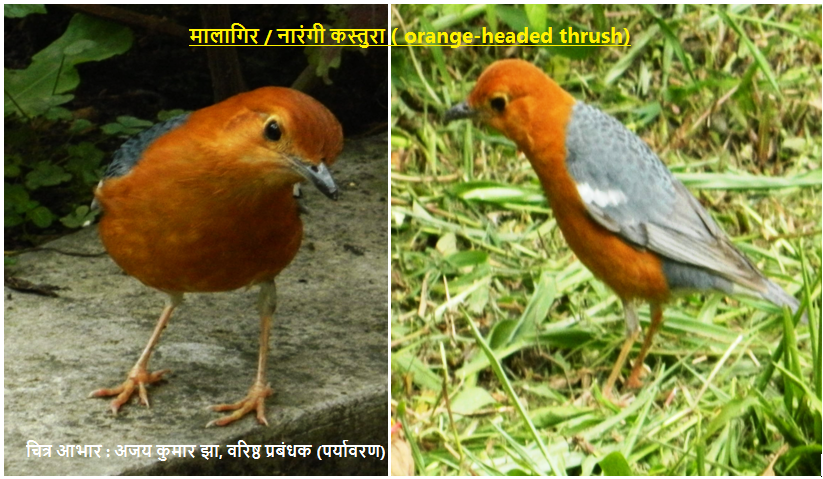









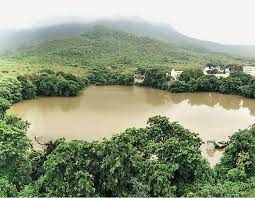


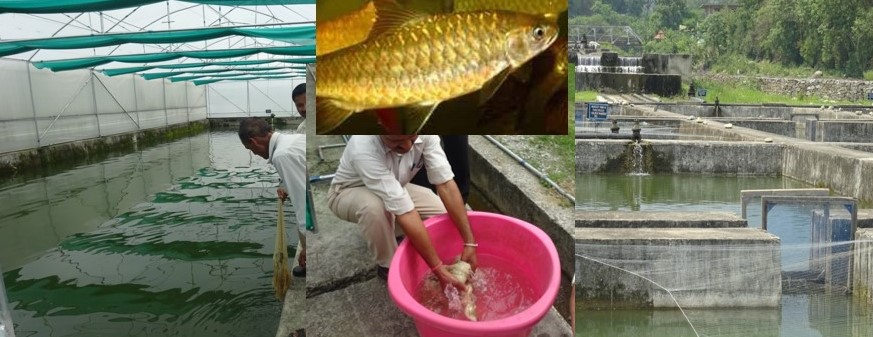





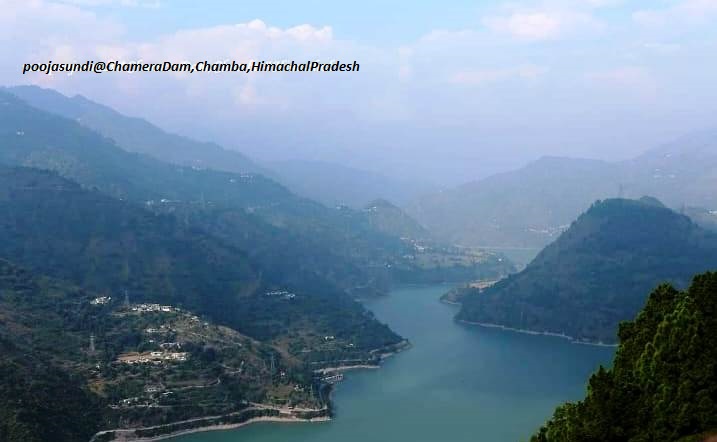
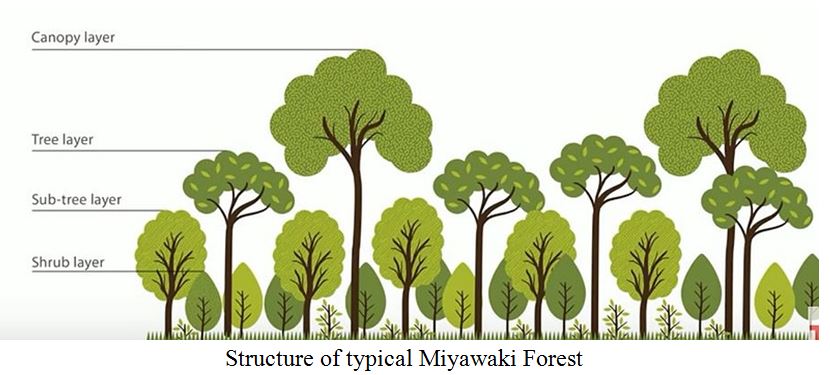
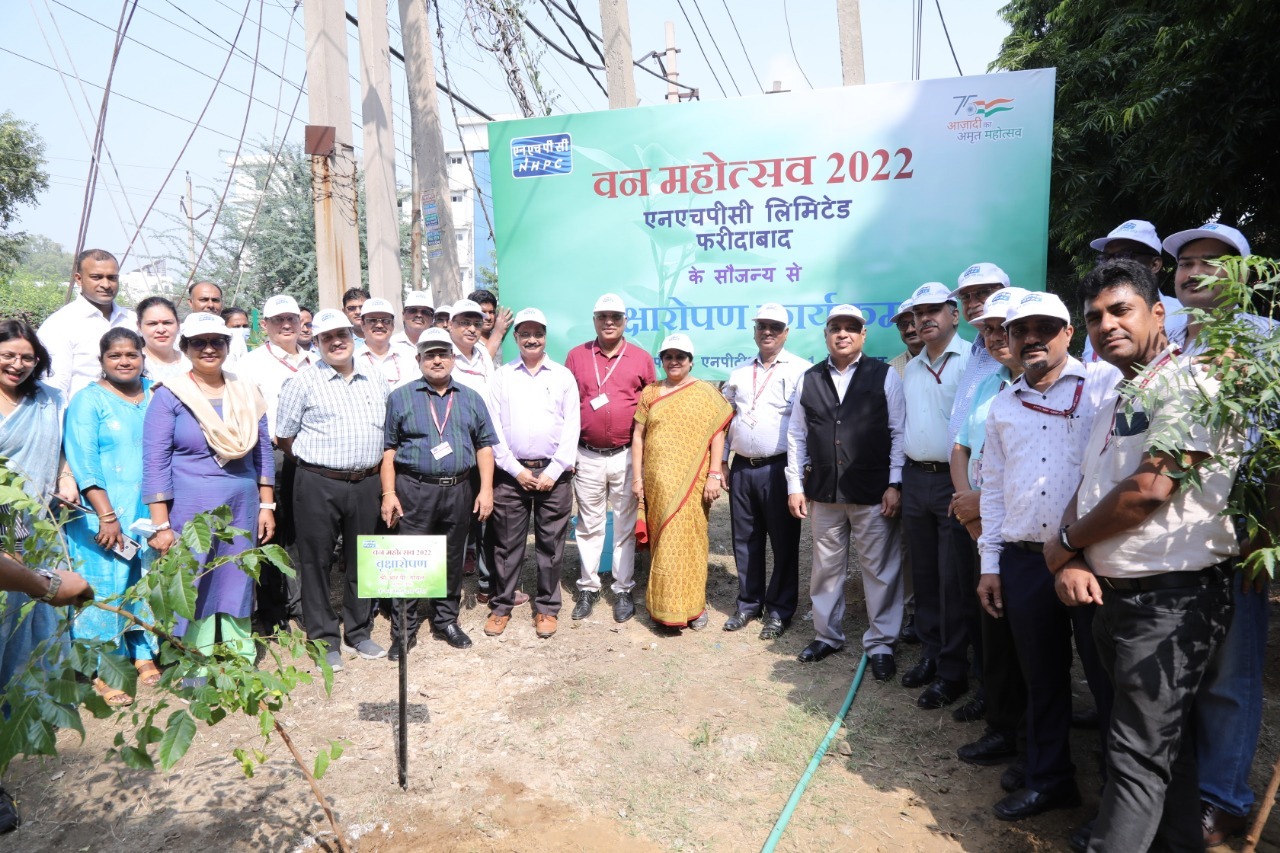
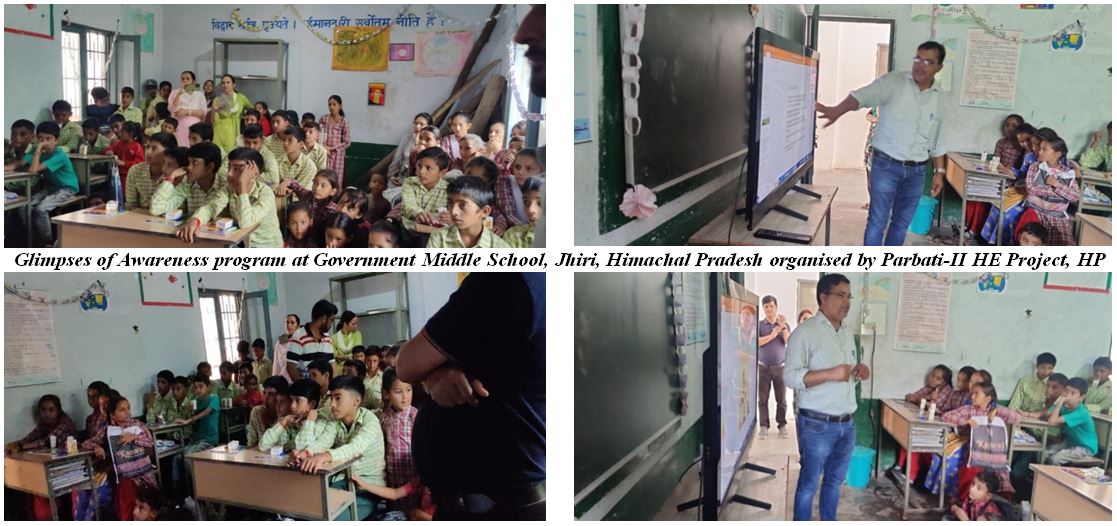

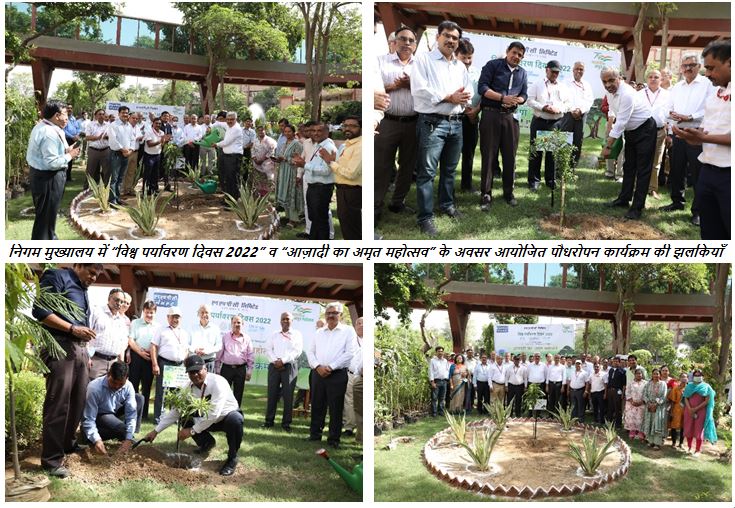

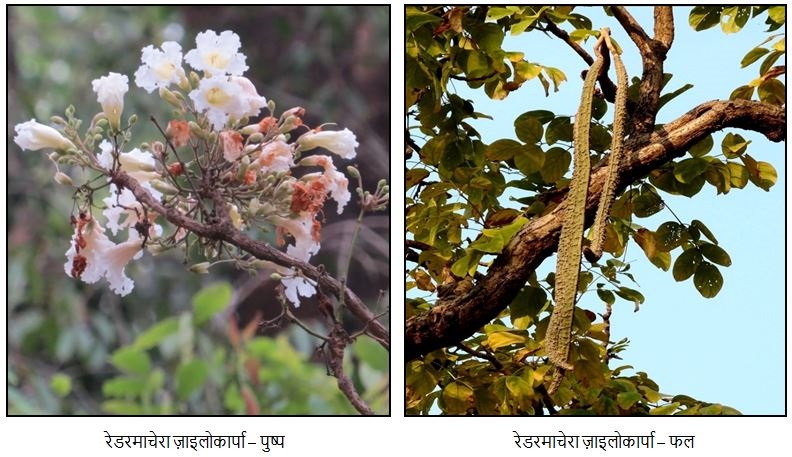










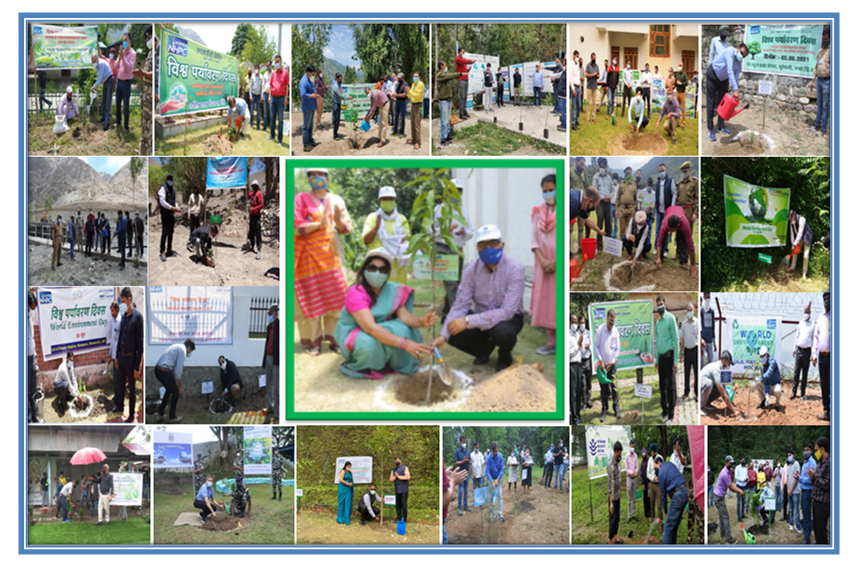

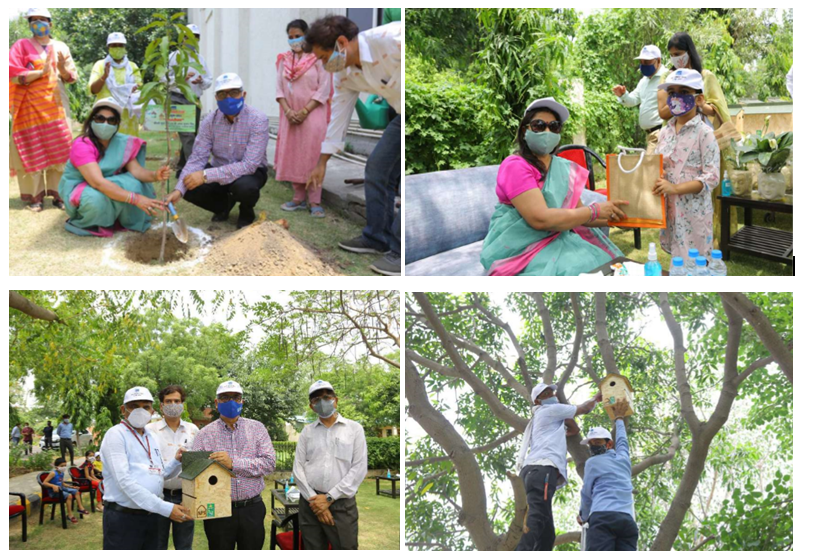















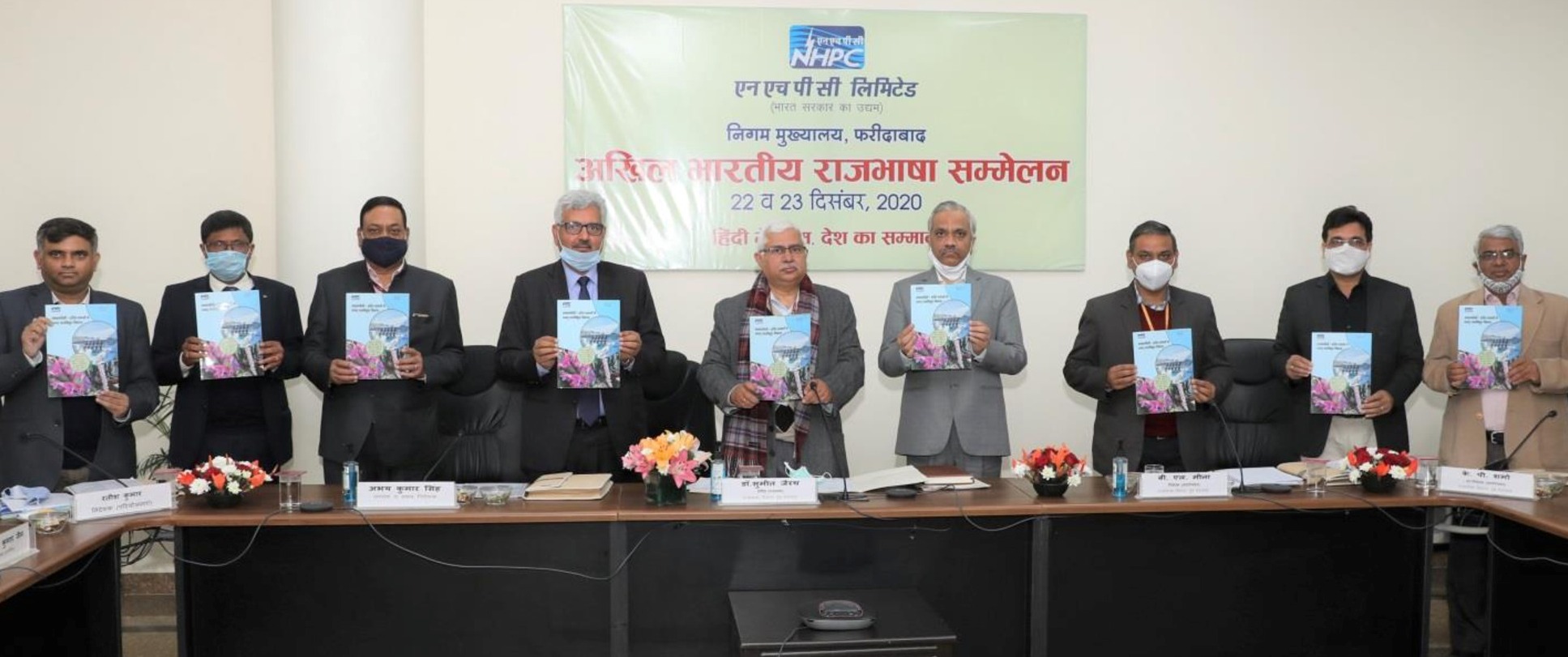


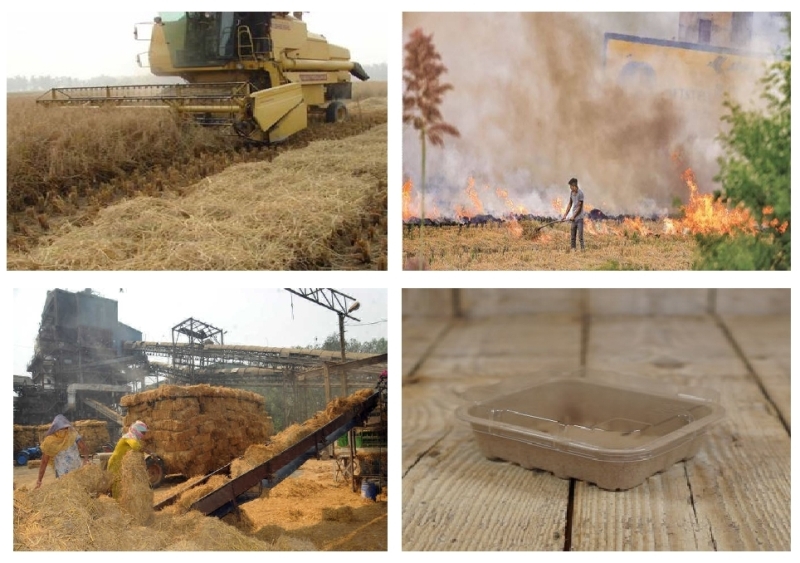







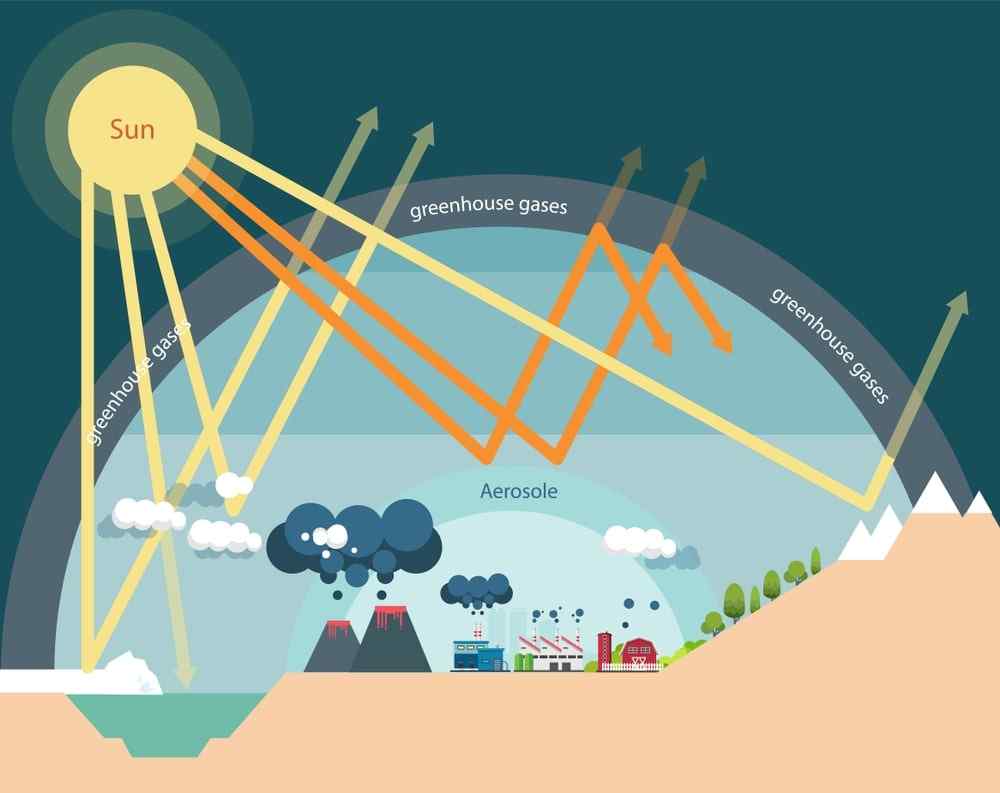
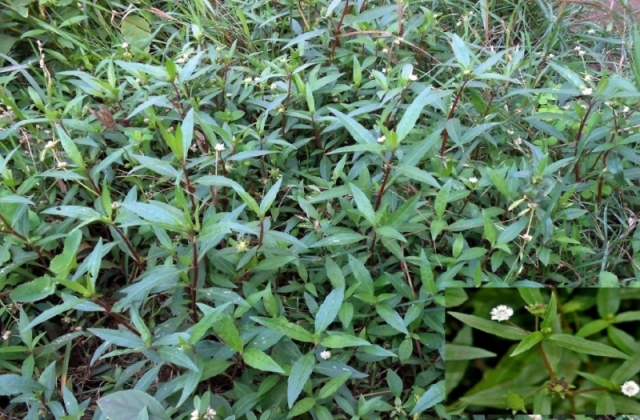
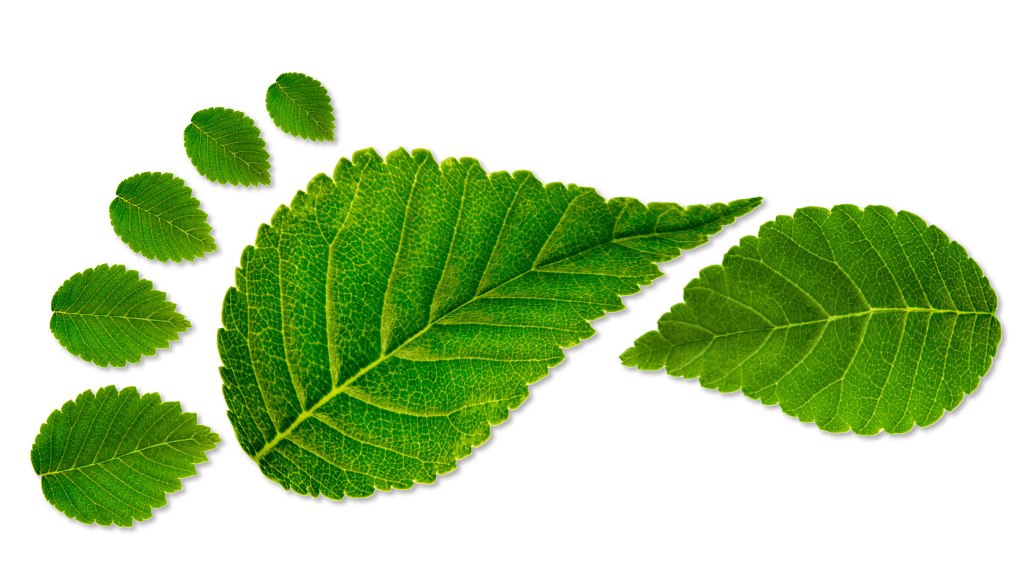






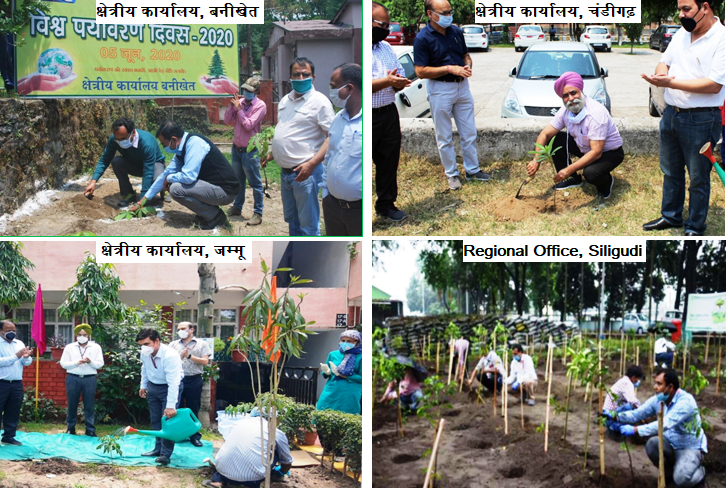
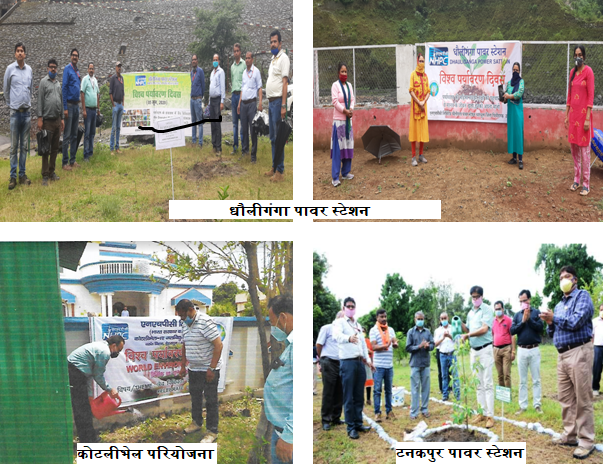
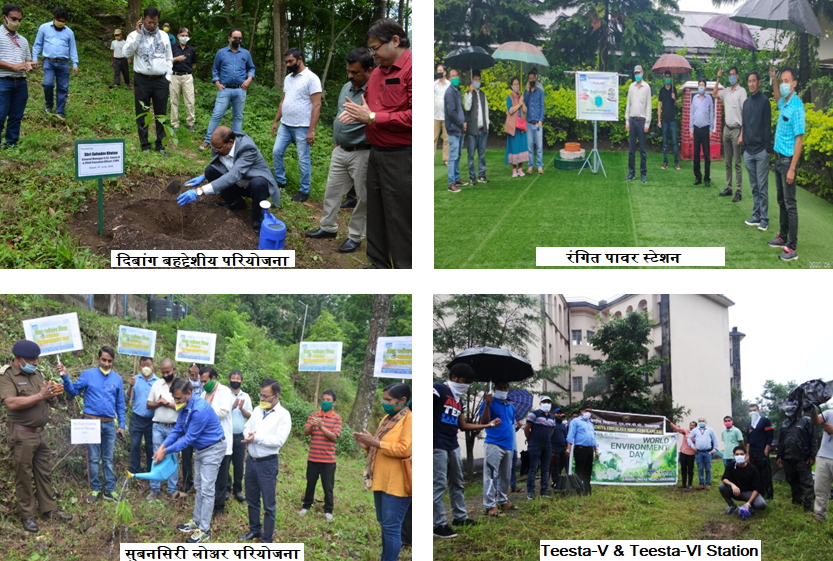
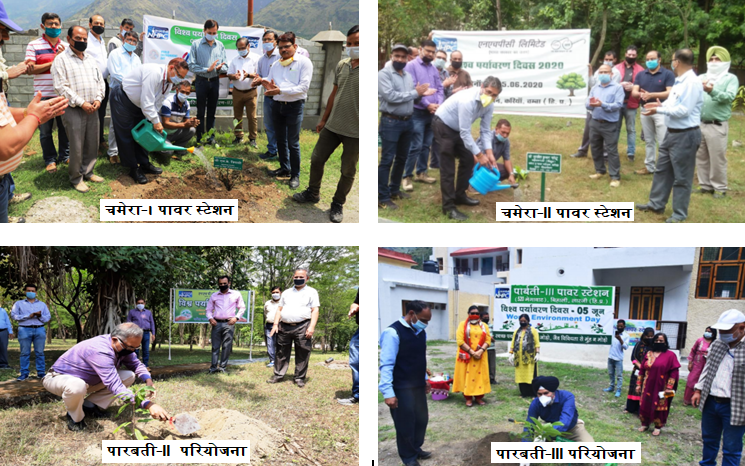
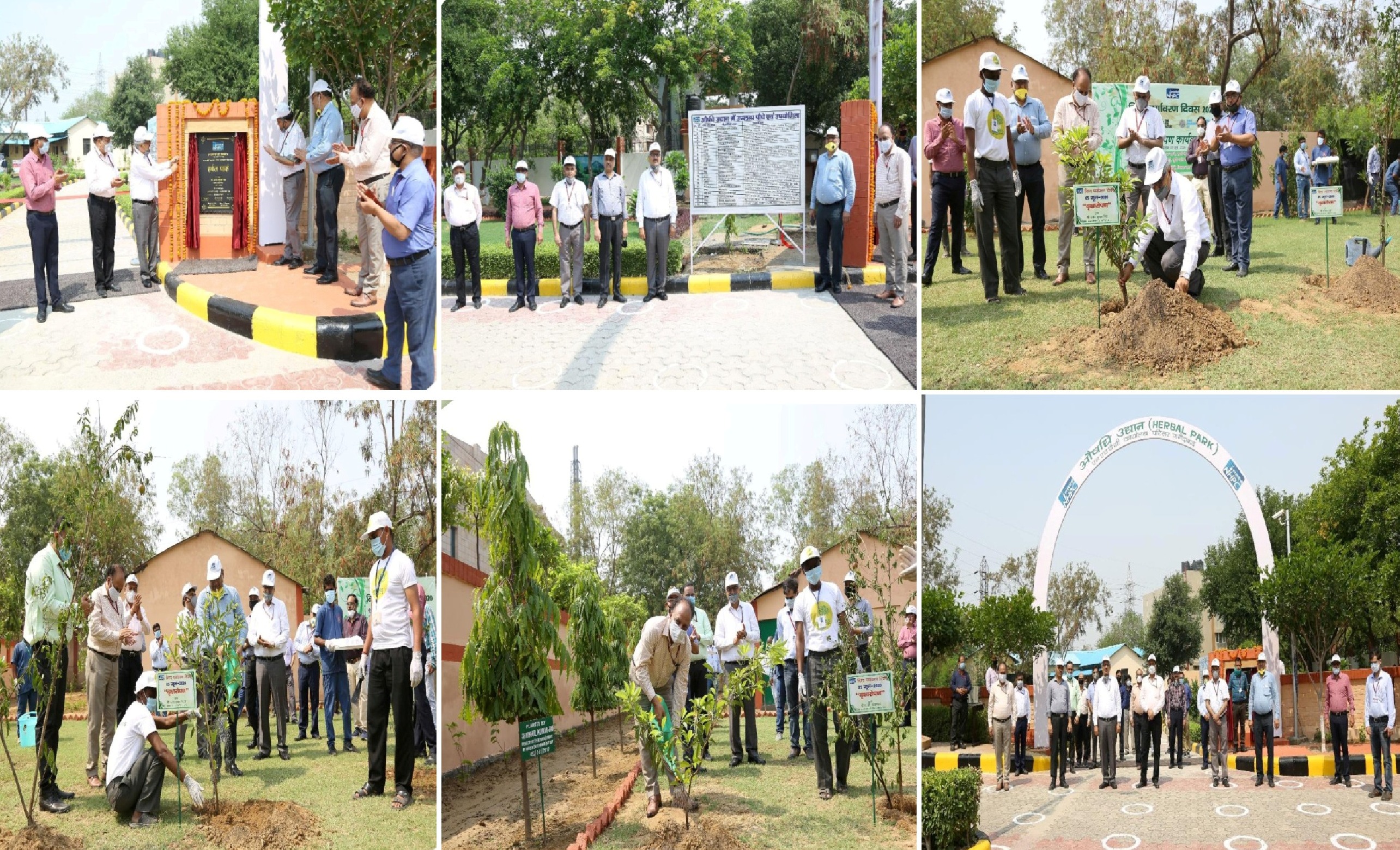
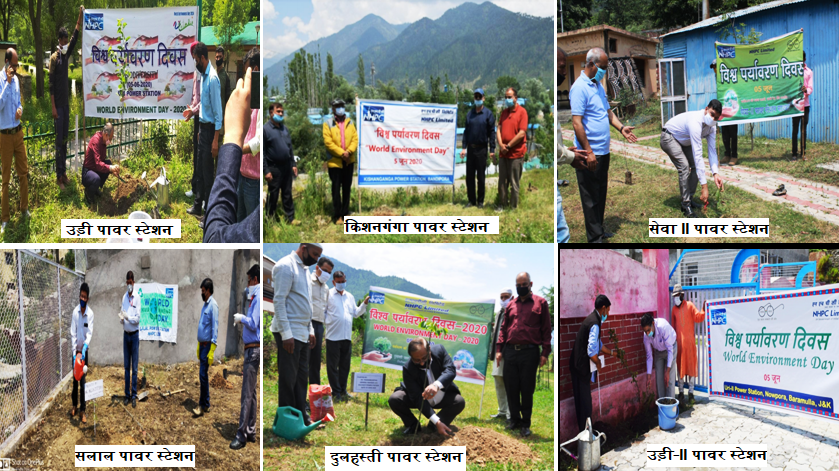
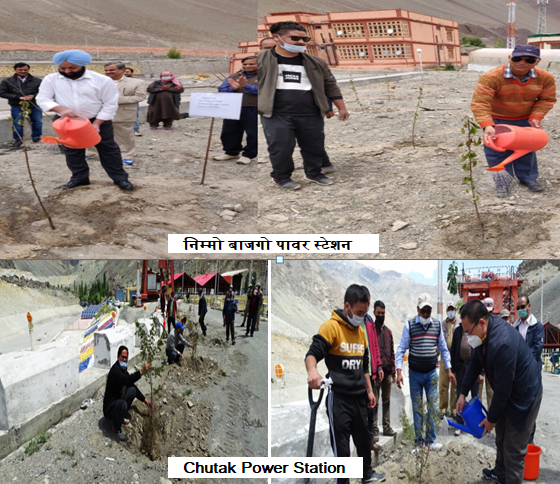
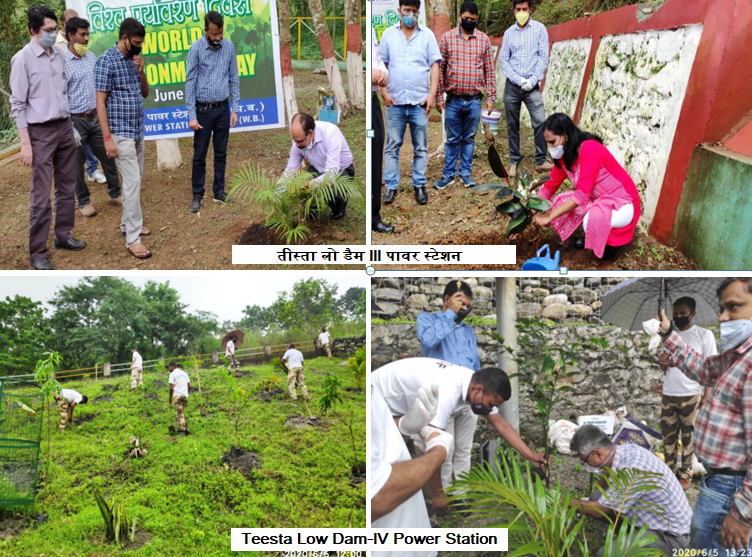
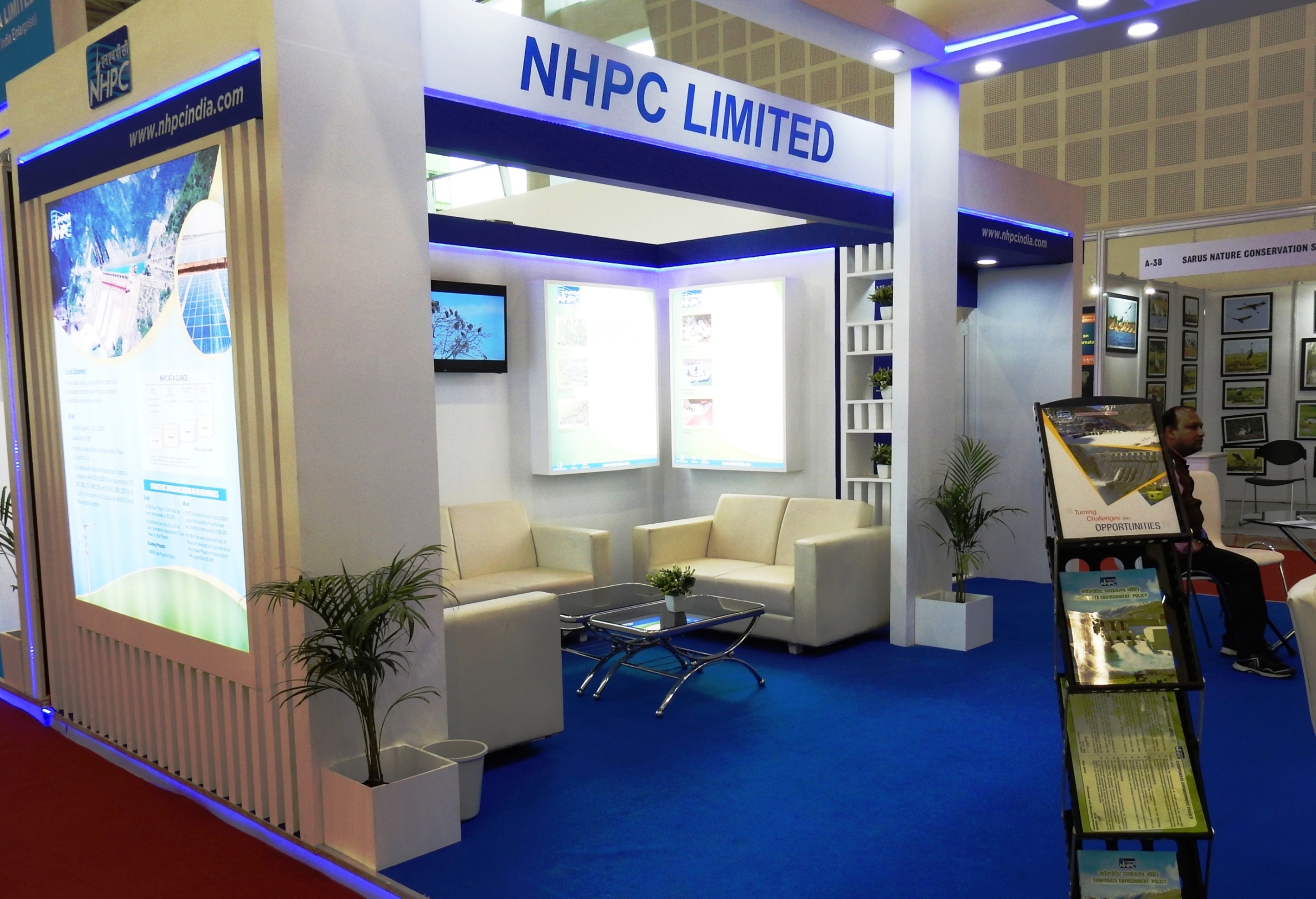








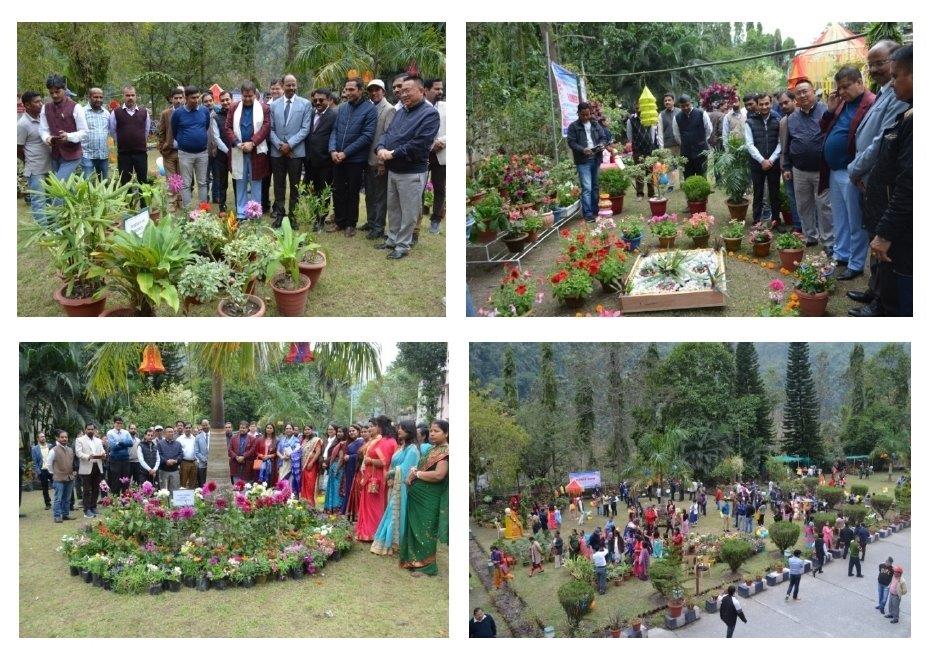
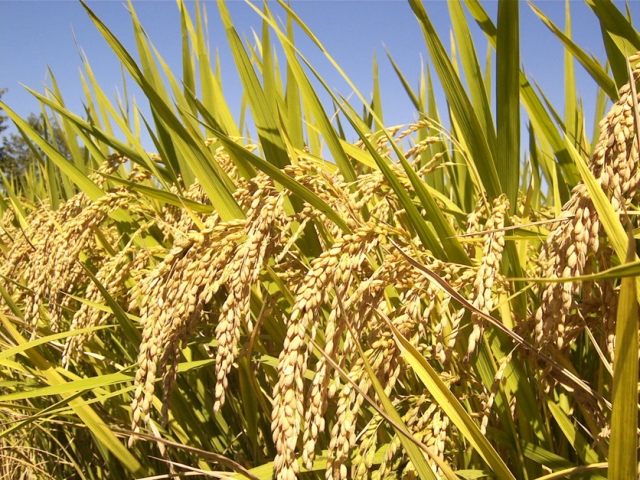
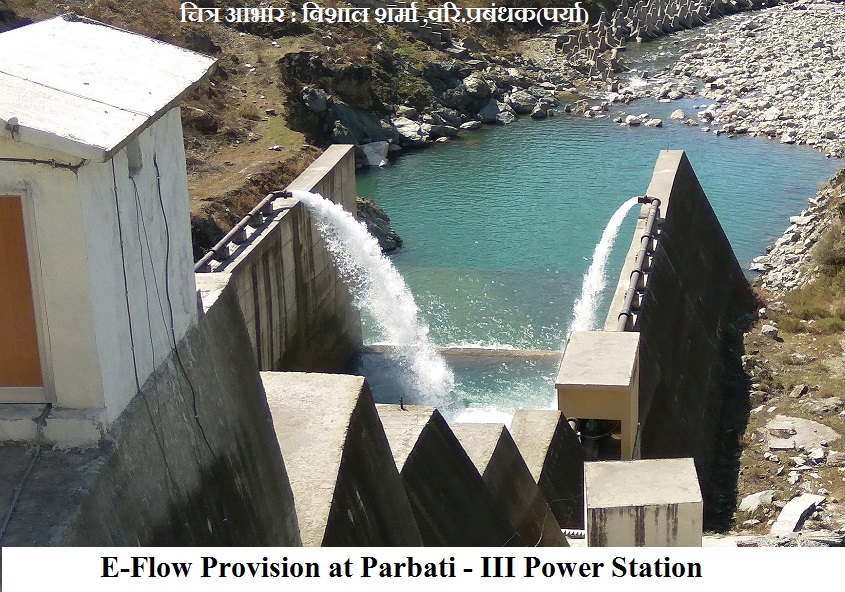

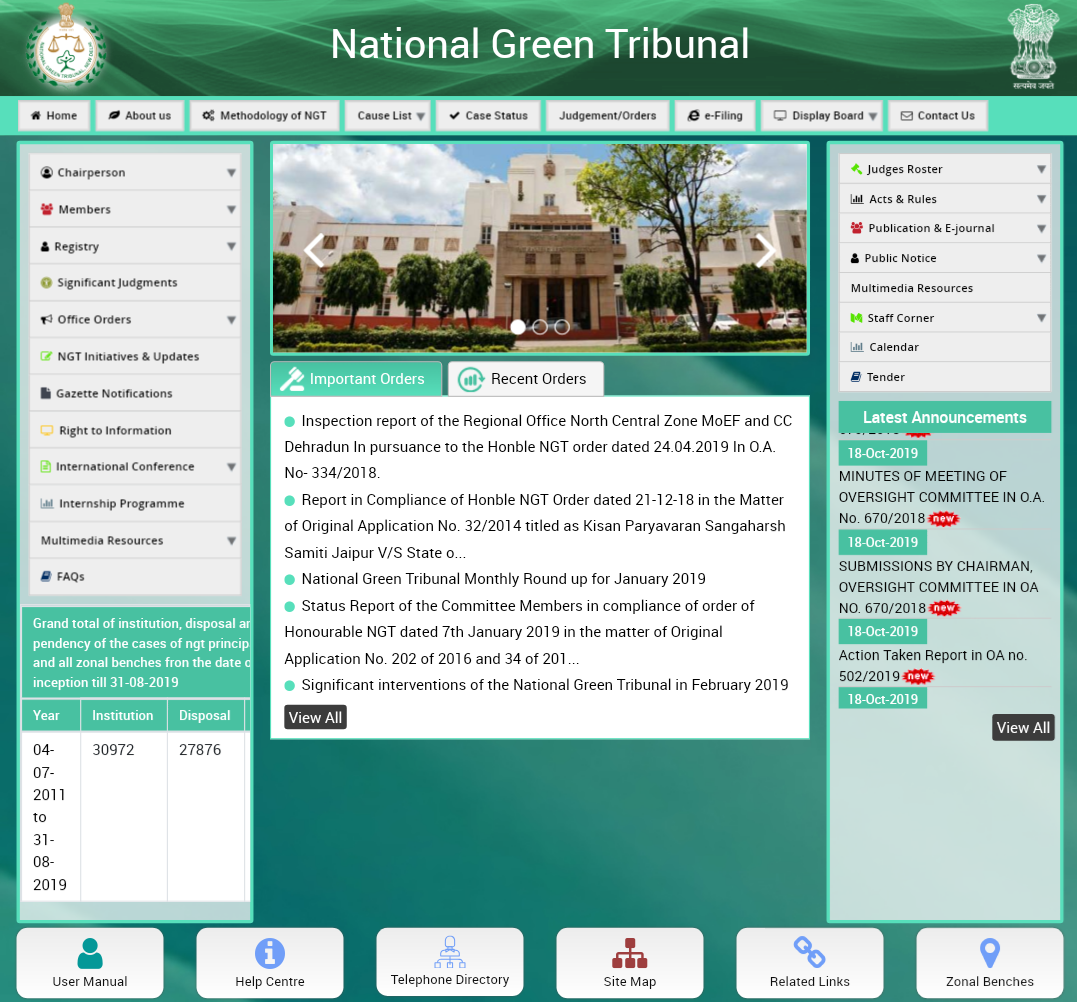
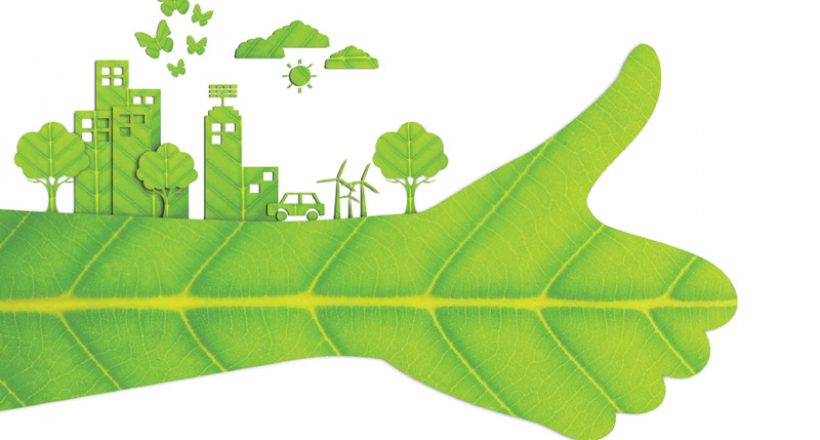
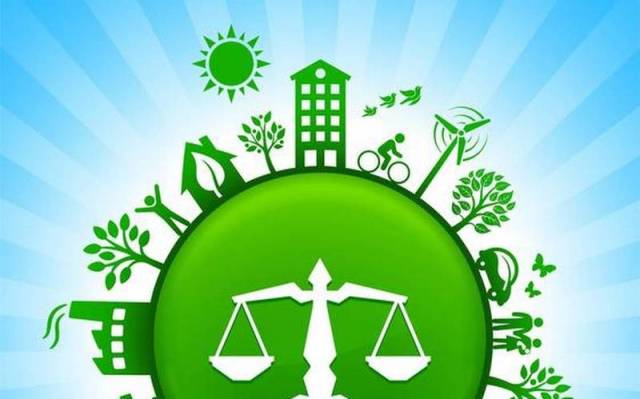








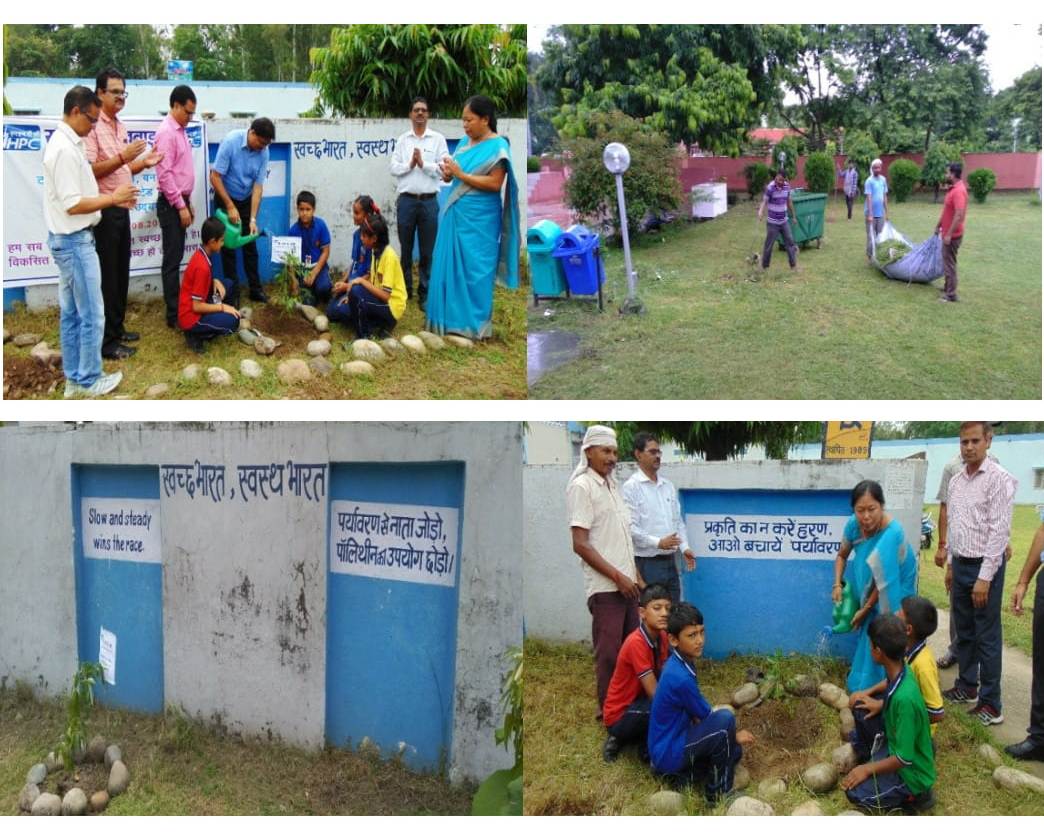


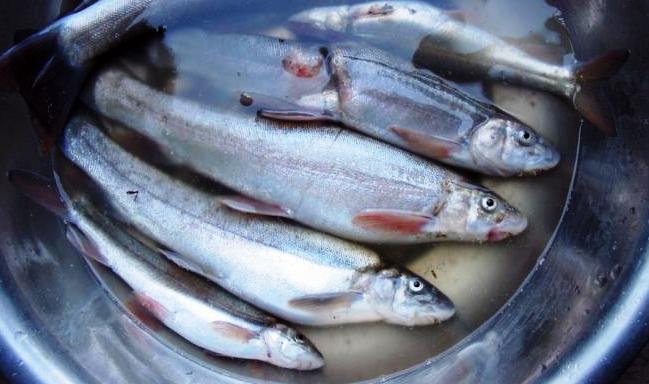

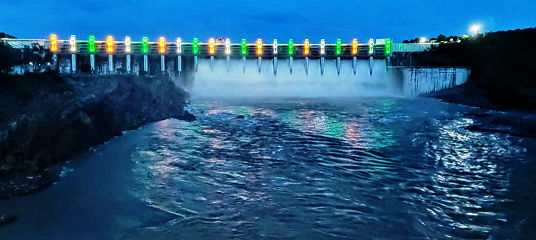
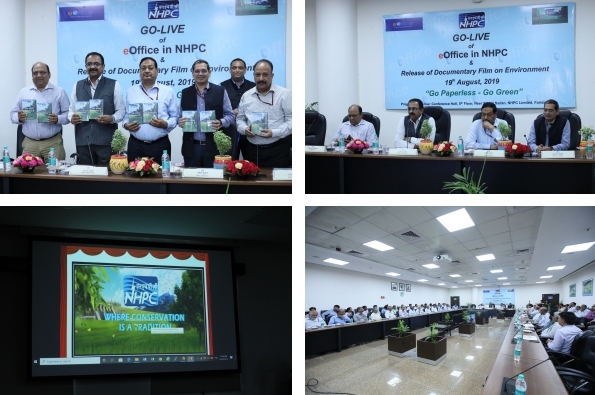
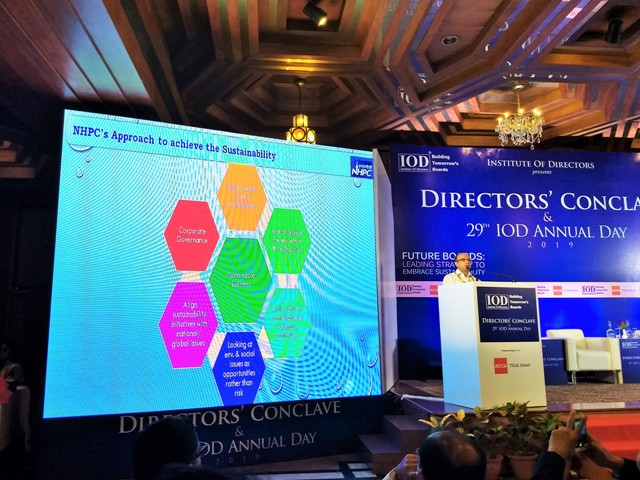
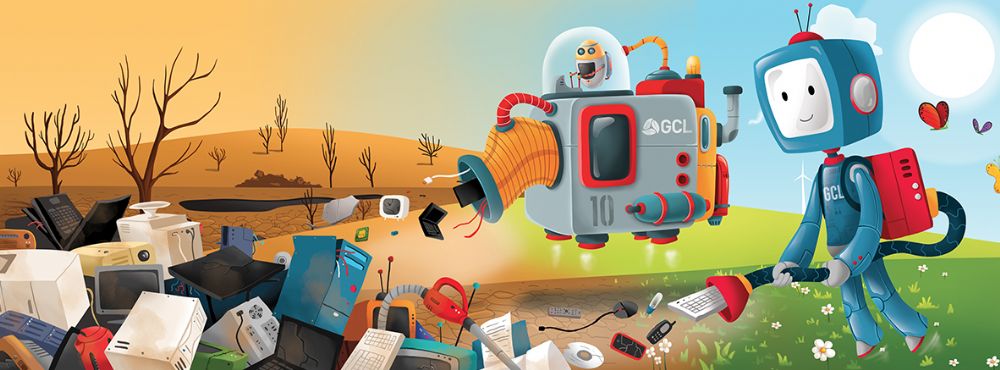
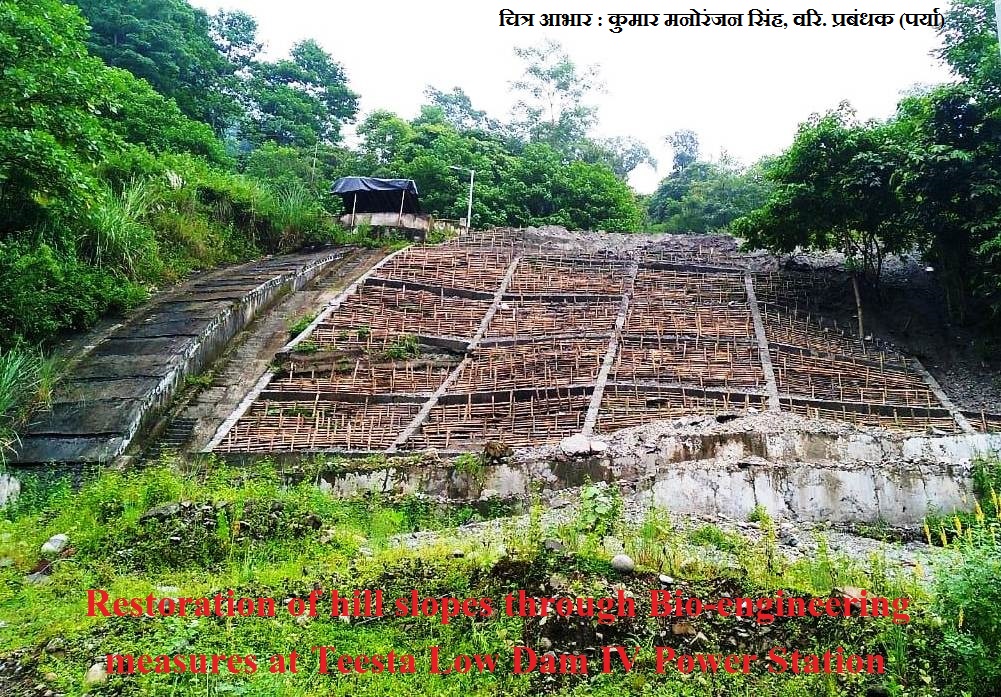

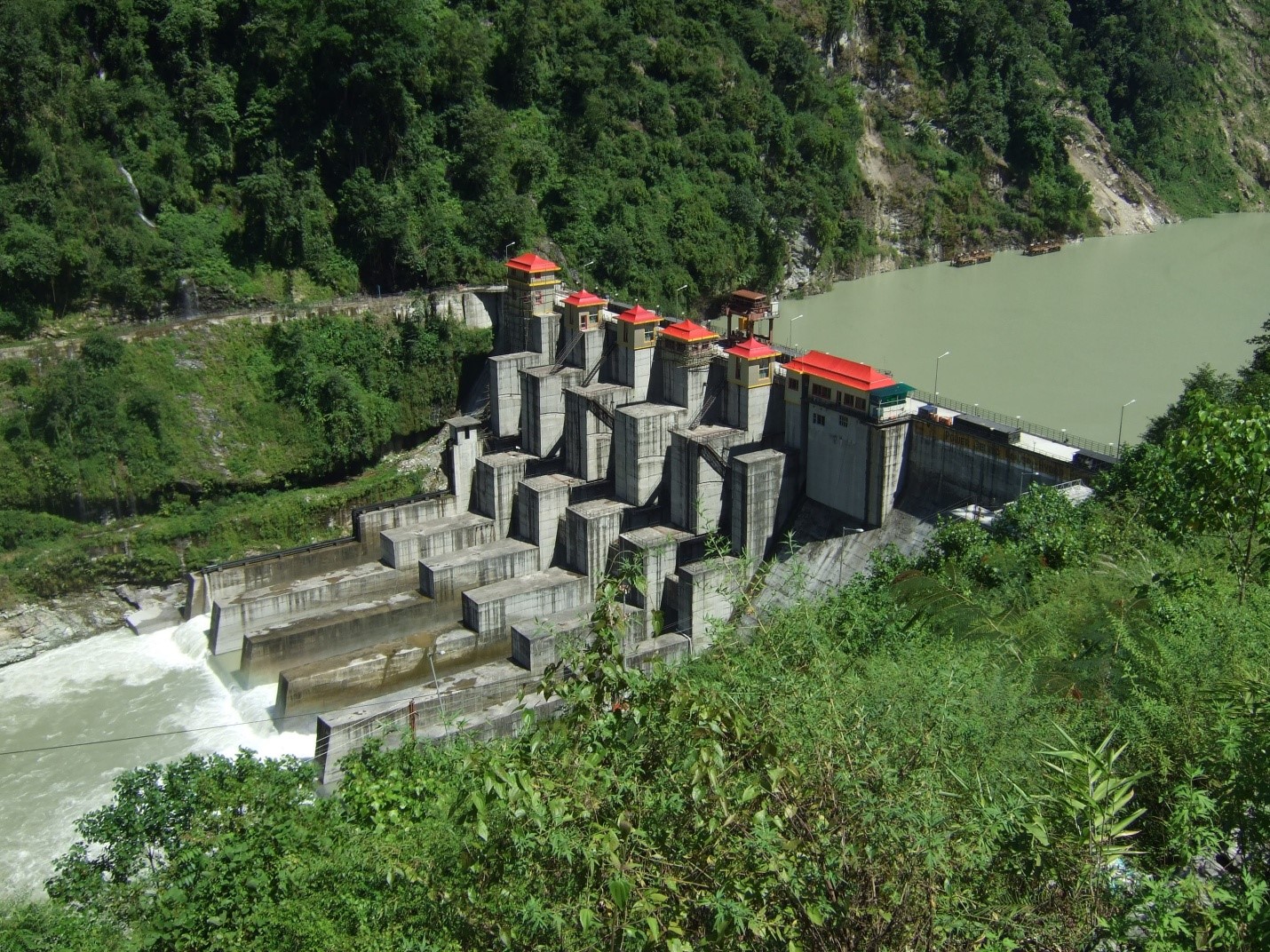
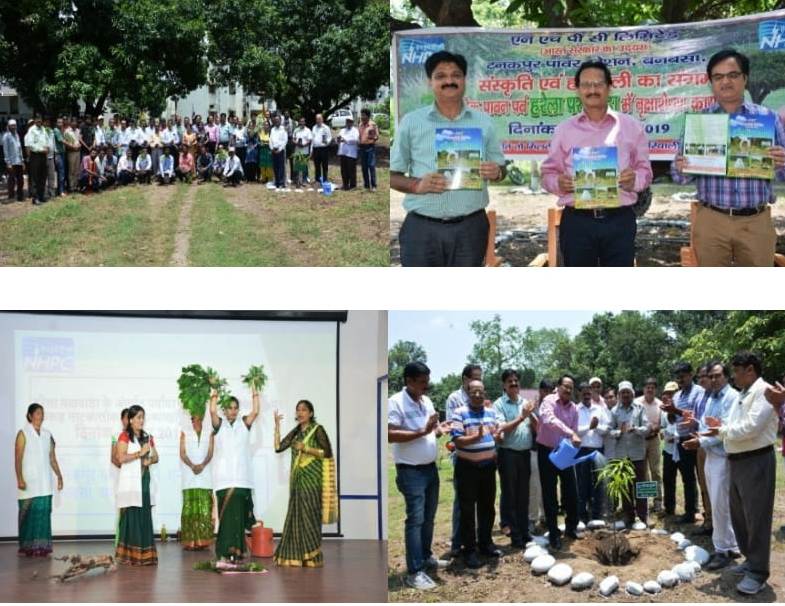
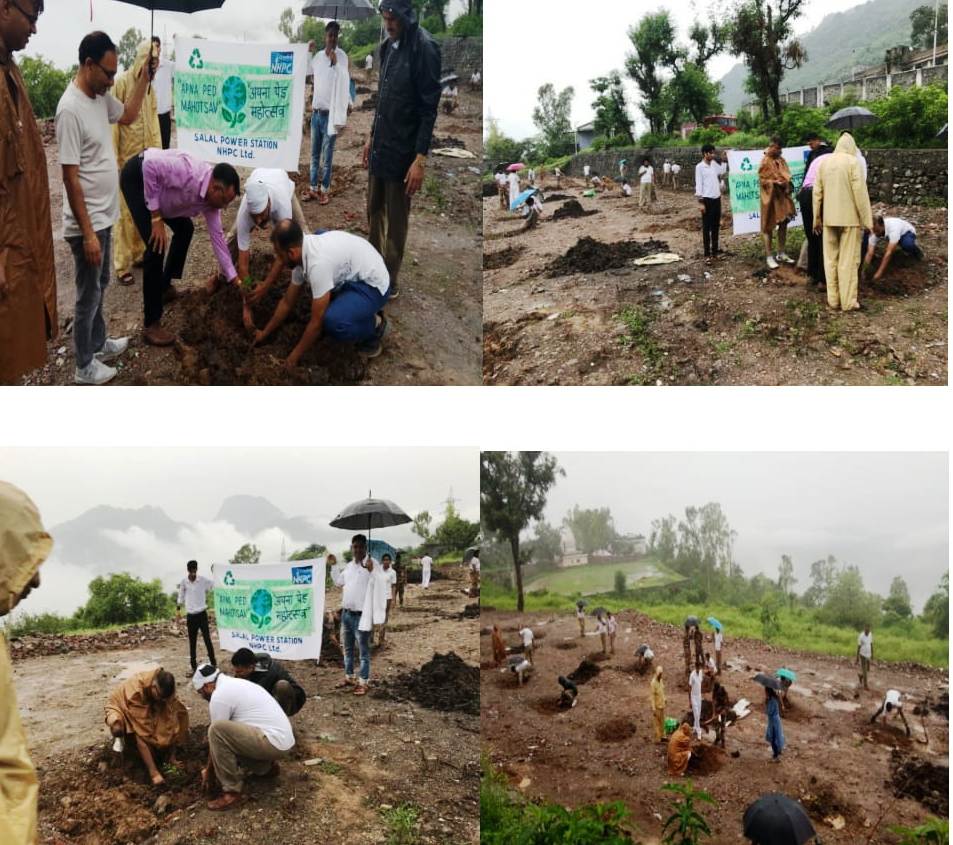



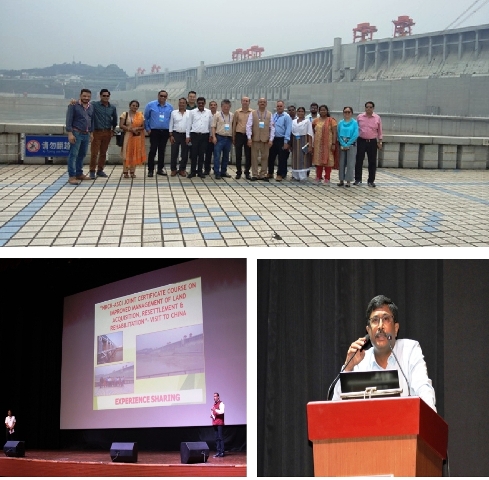



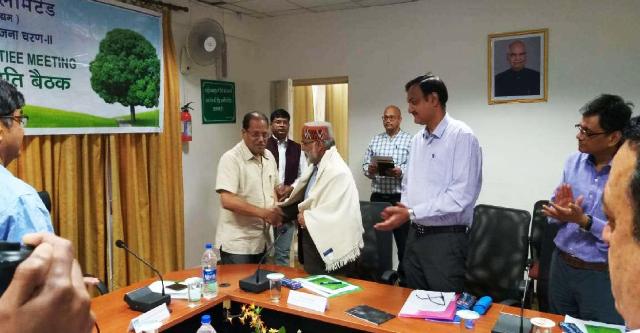


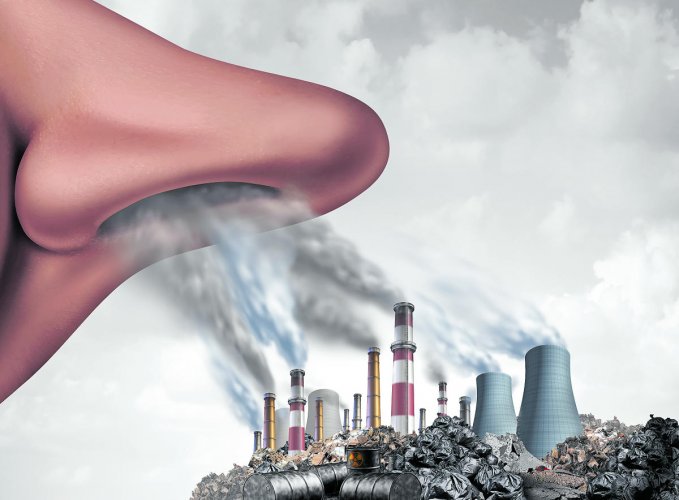
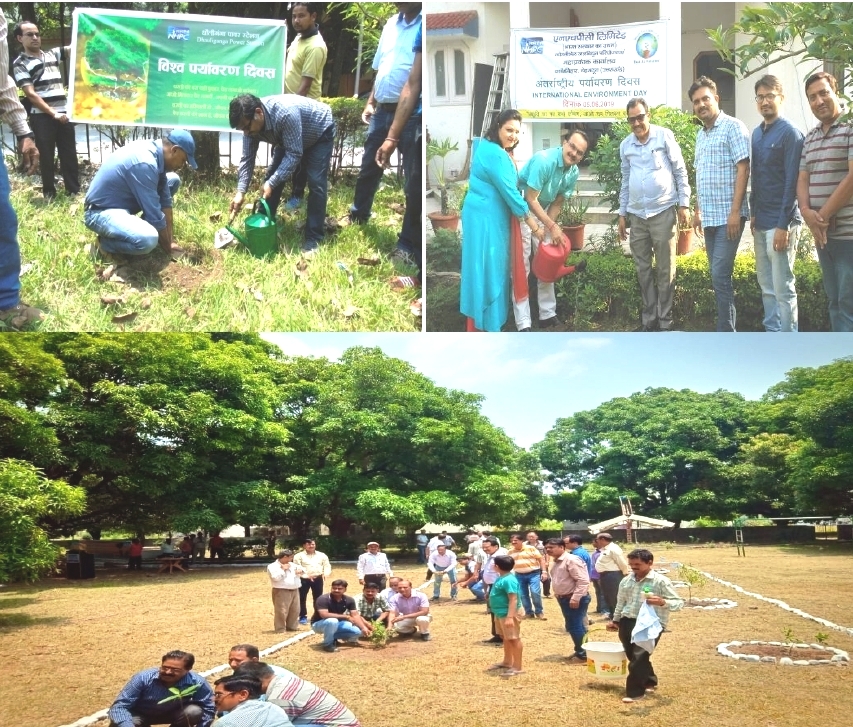
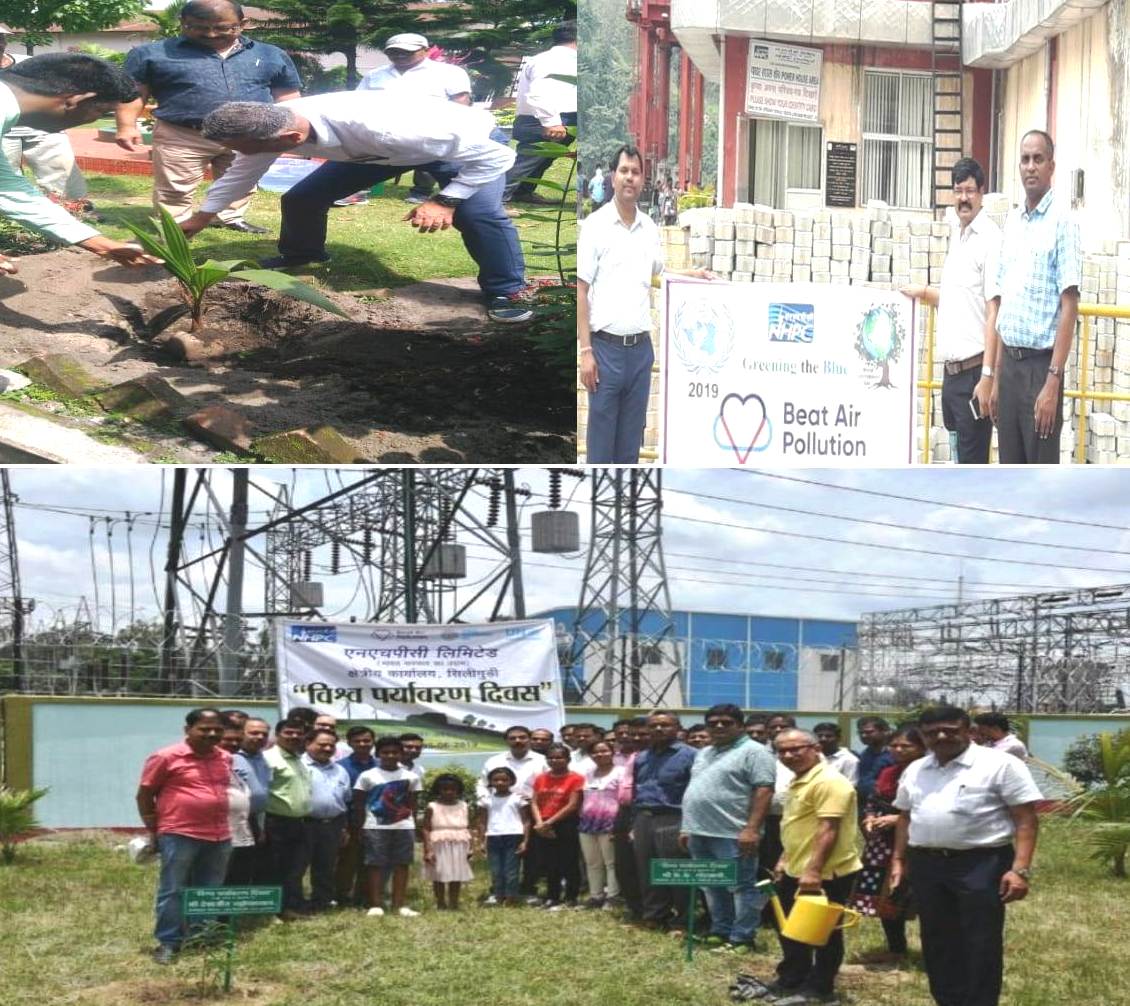

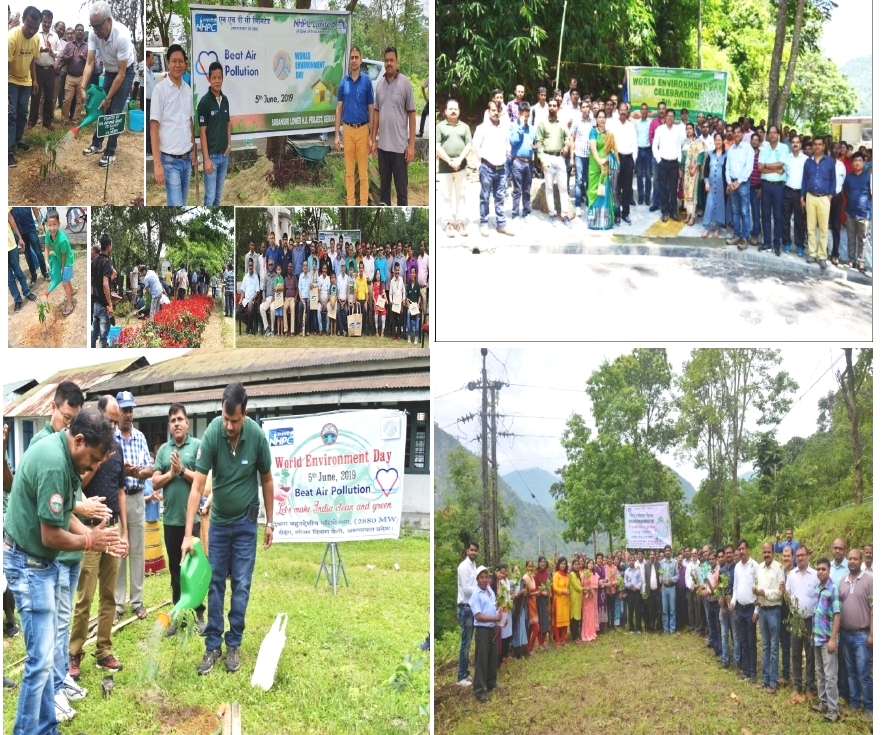
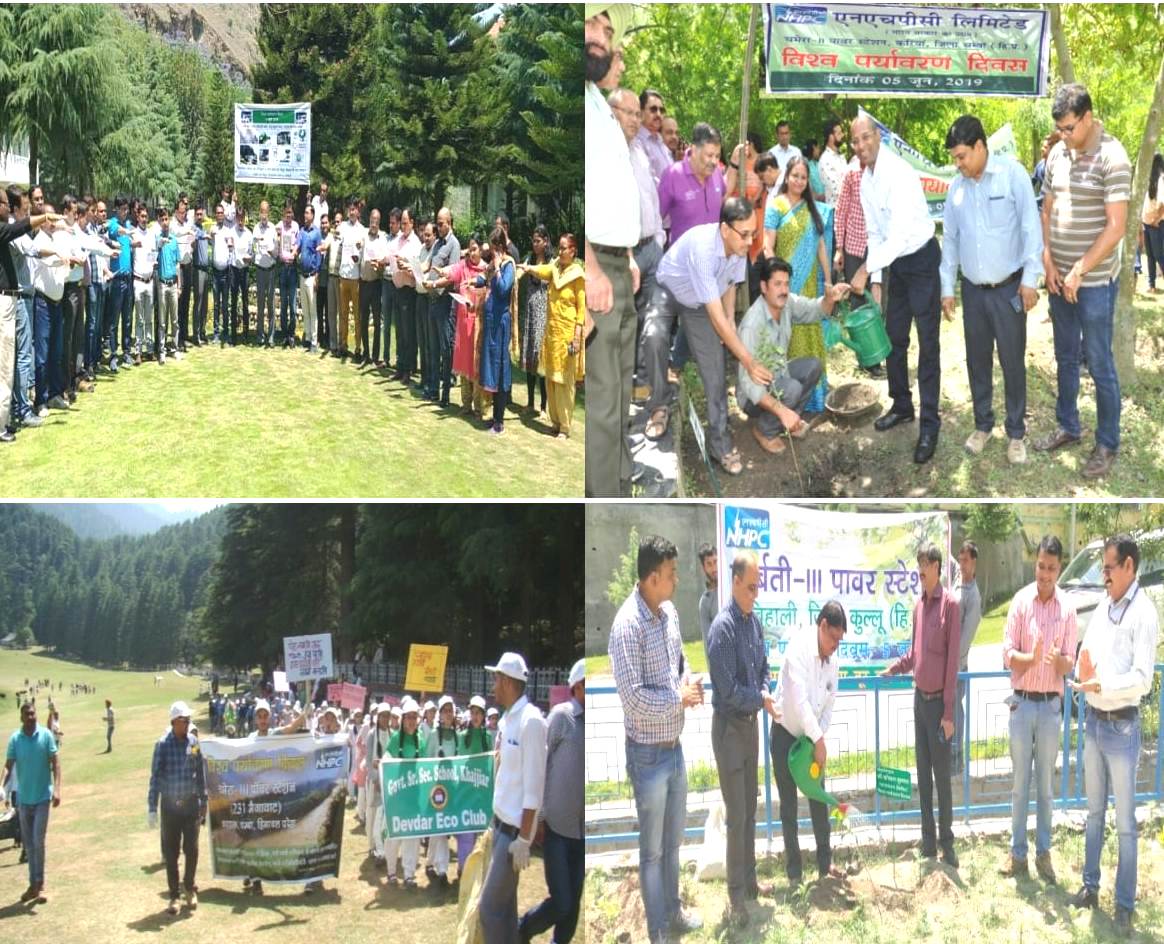
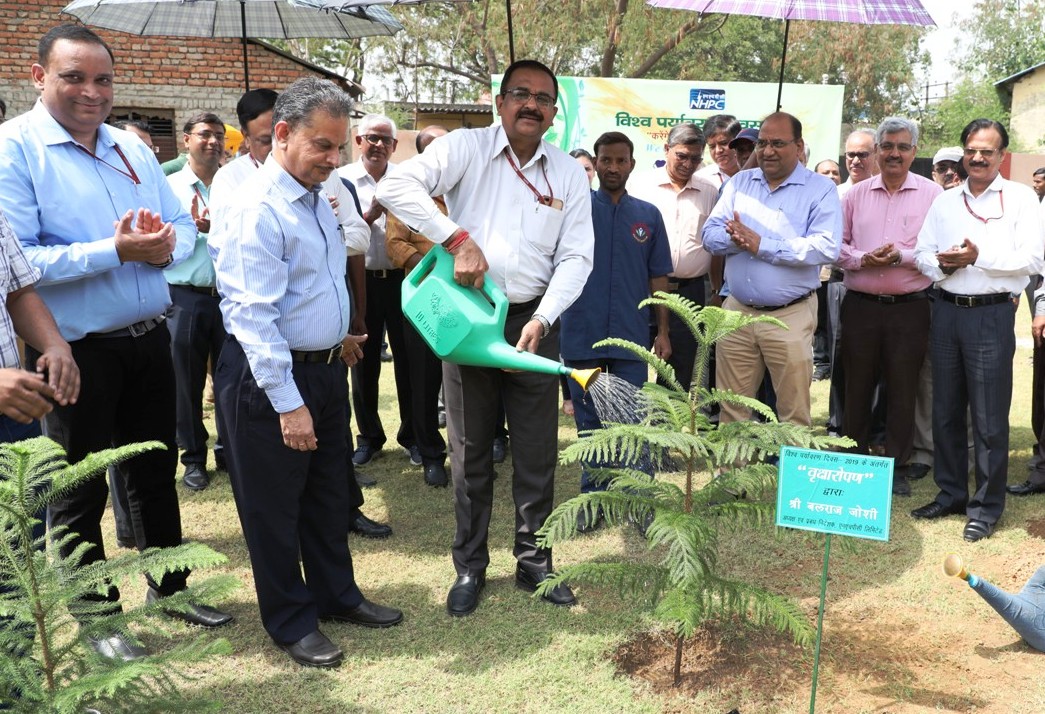


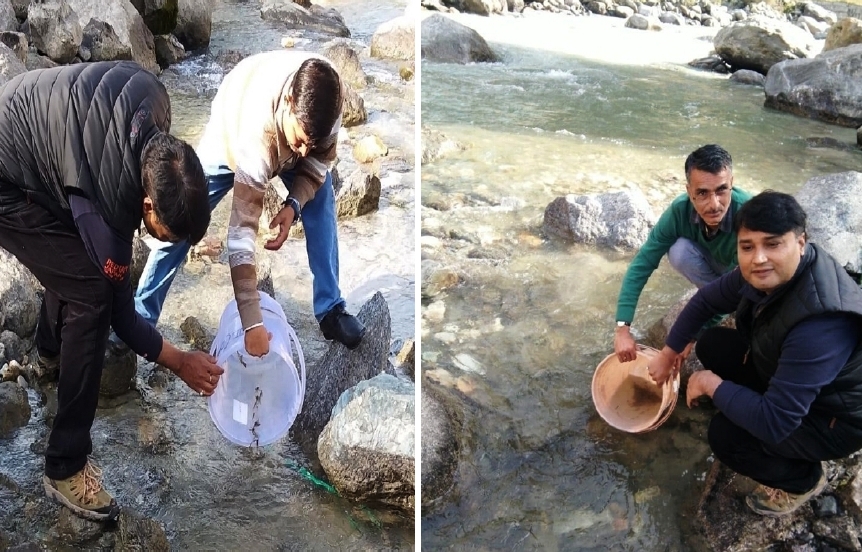


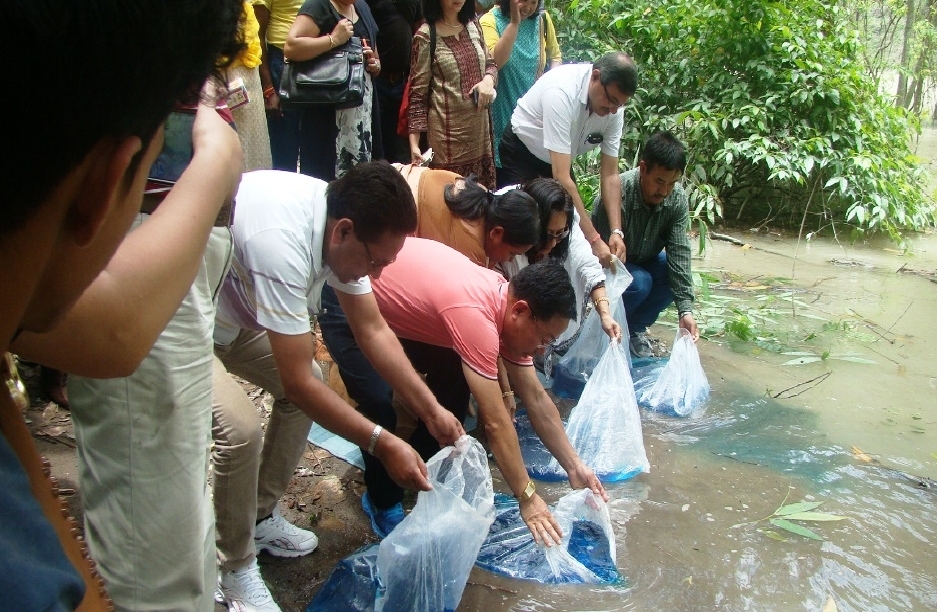




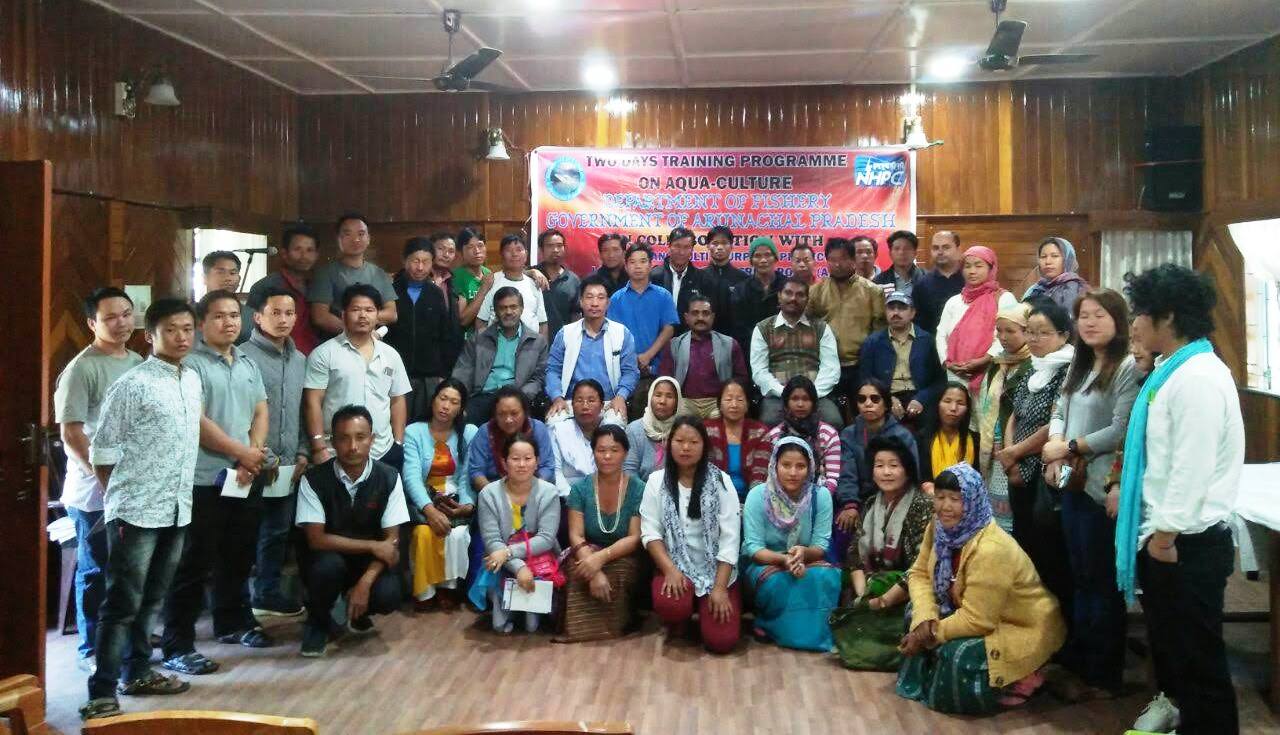
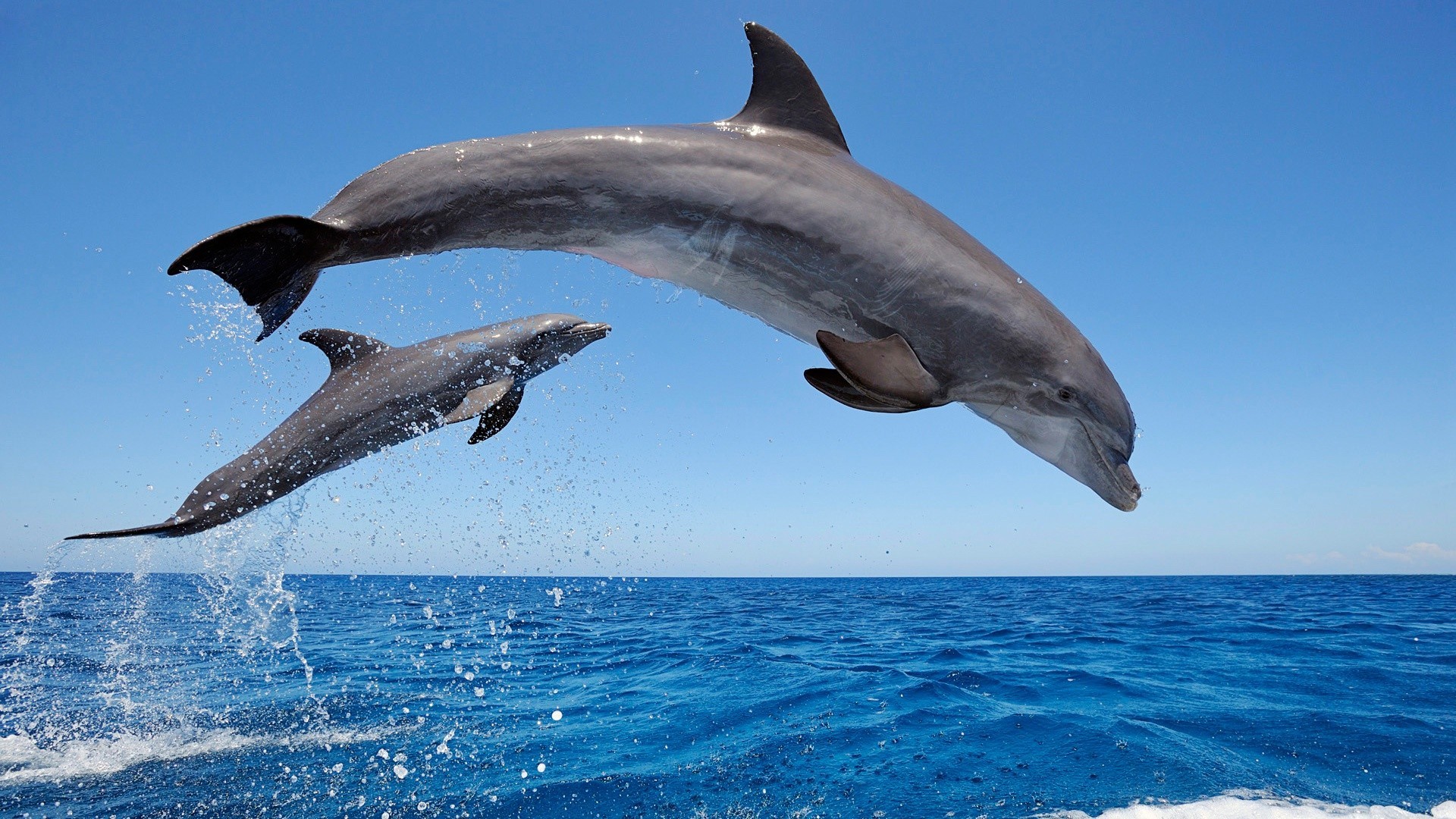
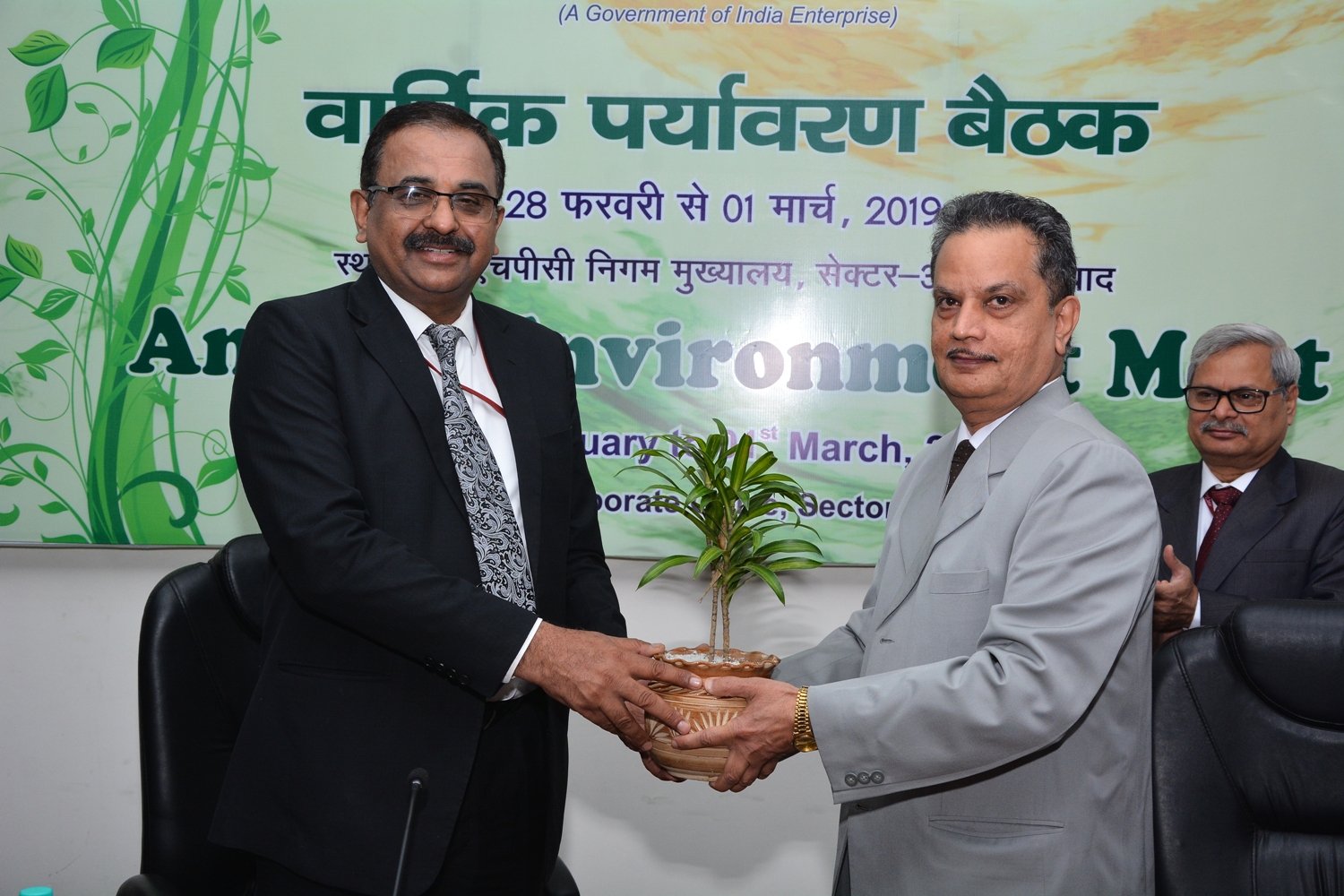










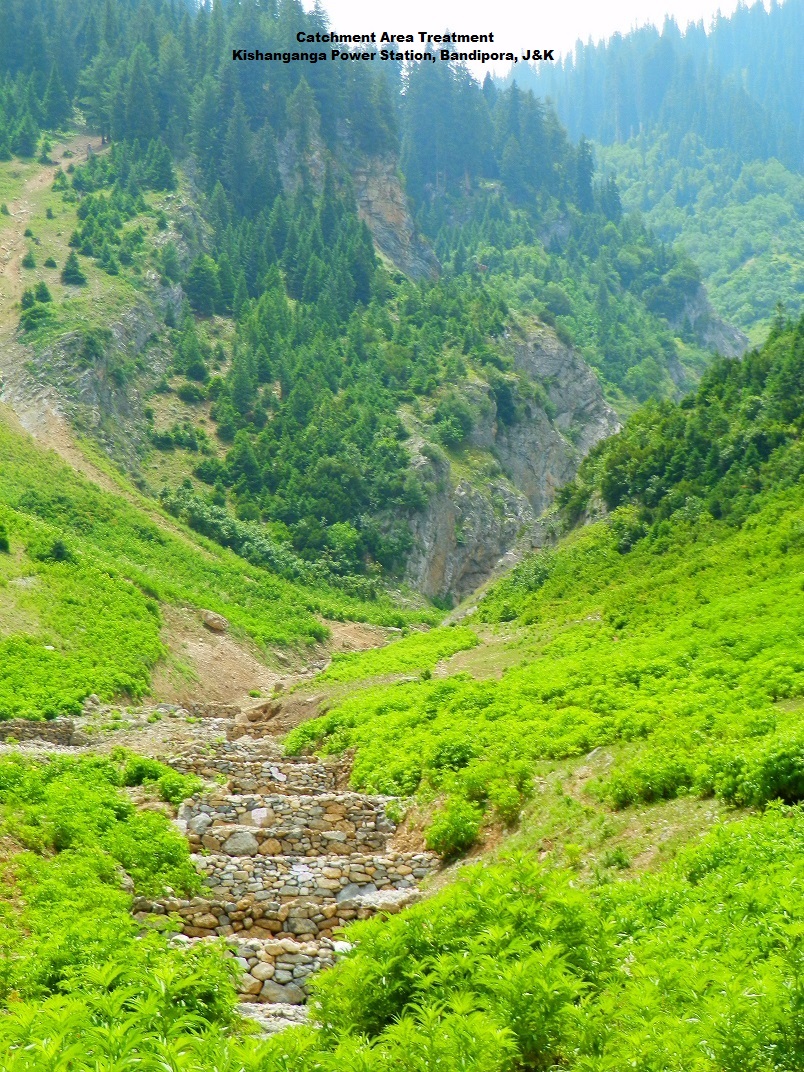
Leave a Reply